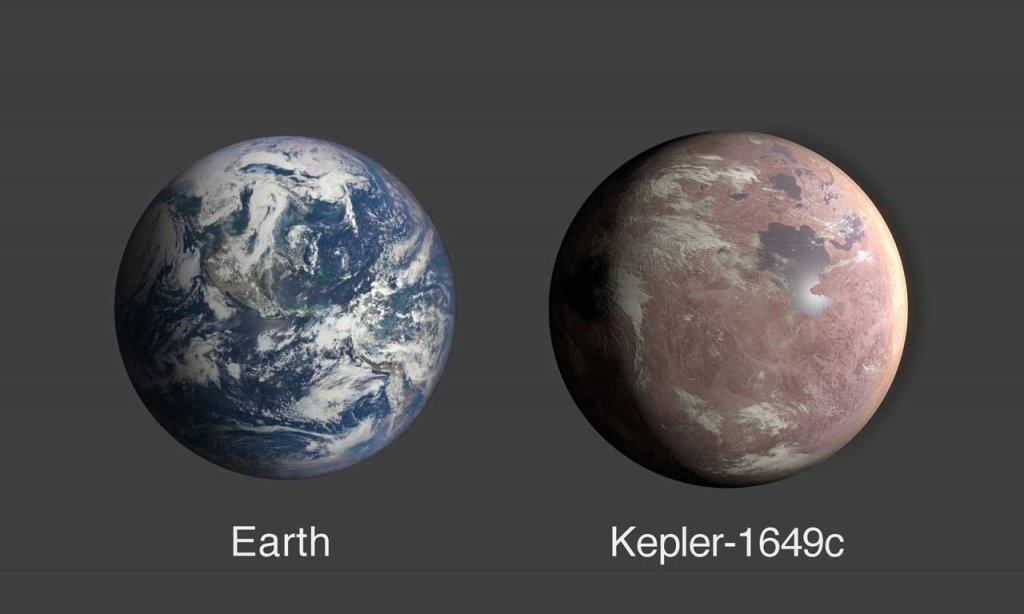Scientists Found an Exoplanet Shockingly Similar to Earth

Earth, to the extent any of us know, is the main planet that has quite a few elements forever. At the point when cosmologists look out past our nearby planetary group in search of new worlds it’s difficult to know precisely what’s going on its surface. In any case, by estimating everything that can be estimated from a far distance, we can get an entirely smart thought of exactly how livable or threatening any given planet may be.
Scientists utilizing information assembled by NASA’s Kepler Space Telescope have unearthed a planet that checks a great deal of the containers we’d think about urgent in the quest for extraterrestrial life. It’s called Kepler-1649c and regarding size, it could essentially be Earth’s twin.
Kepler-1649c is a tempting find for any individual who longs for a day where humanity affirms the presence of outsider life. It’s in the livable zone of its star, implying that it’s nearby enough for fluid water to exist on its surface, however cool enough that water wouldn’t in a split second disintegrate. That, all alone, is a shockingly uncommon quality, however 1649c has significantly more in its favor.
The planet, which is situated around 300 light-years from Earth, is roughly 1.06 occasions the size of our planet. In planetary terms, it’s fundamentally indistinguishable. Notwithstanding that, its star showers the planet in generally 75% as much light as our own Sun accommodates Earth. That could imply that its surface temperatures are fundamentally the same as Earth’s also, which is clearly a major in addition to for life.
“This charming, far off world gives us considerably more noteworthy expectation that a subsequent Earth lies among the stars, holding on to be discovered,” NASA’s Thomas Zurbuchen said in a statement. “The information accumulated by missions like Kepler and our Transiting Exoplanet Survey Satellite (TESS) will keep on yielding stunning revelations as the science network refines its capacities to search for promising planets year after year.”
Okay, so the planet is a rough, Earth-like world that is somewhat cooler than our own planet yet it’s the correct size and good ways from its star to help life. On the off chance that you were trusting there wasn’t a trick, shockingly, there is one.
The star that Kepler-1649c circles is a red smaller person. Red small stars are commonly little and far cooler than stars like our own Sun, however they additionally have a propensity for being staggeringly unpredictable. Heavenly flares are believed to be regular in red small stars, and when that happens the star quickly increments in splendor, in any event, multiplying the measure of vitality it emanates over the range of only a couple of moments. Such occasions could strip a planet of its climate after some time, which would make life as we probably am aware it impossible.
It may not be an all out major issue for life on Kepler-1649c, yet it’s not extraordinary news. The baffling part is that a good ways off of 300 light-years, we come up short on the capacity to perceive what may really be going on the planet. For now, we’re left to pause and wonder.
Image Source: NASA/Ames Research Center/Daniel Rutter




